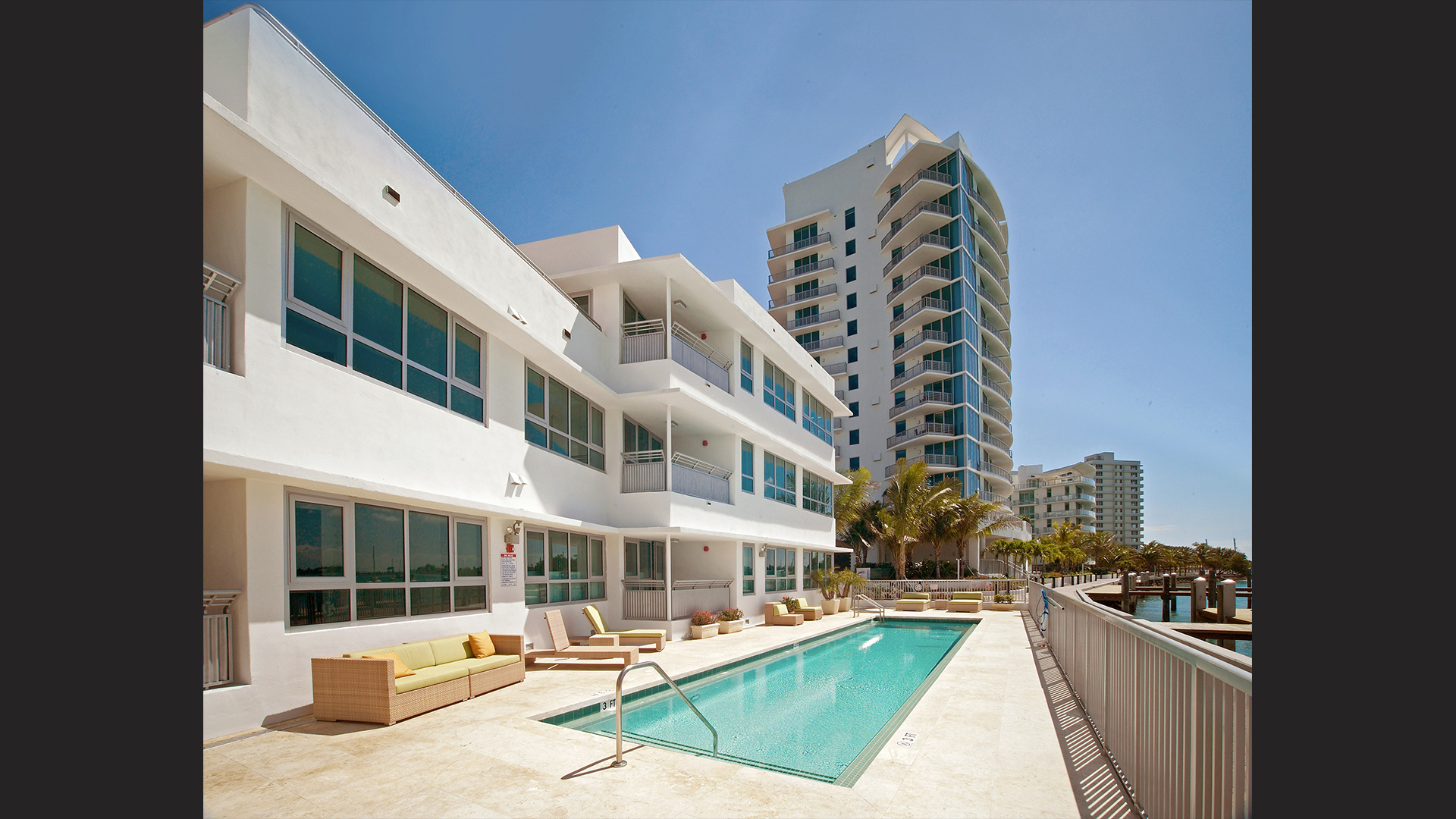Architect and Design firms aspire to create buildings with natural light. Success results in a building that looks and feels good. In addition, energy efficiency, value and desirability are enhanced. Natural light also know as daylighting allow the sun and moon to beam rays into a structure. Whether a high rise building or single story resident, the public loves more natural light. It is often a case of having one’s cake and eating it too. A resident is indoors and sheltered from the physical elements but feels connected because of natural light emanating from windows and roofs.

Natural light has been recognized for its therapeutic benefits. It aides the natural body clock or circadian rhythm. The is a pre-programmed response of body function such as sleep, hunger and energy. An architect who constructs and designs a building only lighted by artificial lights with shadowed areas has designed a gloomy building. There is an aura of gloominess. Almost an atmosphere that sucks out energy and spontaneity. Natural lighting is dynamic. It has intensities, tones and shades at different times of the day. Even cloud cover adds to this dynamism. Midday may bring brighter tones and evenings may have softer tones. In fact, studies by HMG show statistically significant increase in retail sales linked to natural lighting. The more natural lighting resulted in more motivated salespersons and then higher sales counts. The are even studies that show patients in hospitals heal better when they have windows that let in natural light. Similar studies for schools show children learning better and more engaged when exposed to natural light.
A building with abundant natural lighting also achieves energy savings. Architects are often charged to design buildings that have lower costs to maintain. Electric lighting in the United States consume about 15% of all electric costs according to the US Department of Energy. Space equipped with daylight sensing controls can save 20 to 60 percent off electric power bills according to the studies.
Other Tips for Daylight Architecture
- Don’t overcomplicate the daylighting process.
Use your intuition and common sense in conjunction with readily available analysis tools. Fronek recommends Lawrence Berkeley National Laboratory’s Radiance tool or any ray-tracing software that’s available for download. However, one data point won’t tell you much. You need to find daylight characteristics under all conditions any time of the year when building your house or building. And remember that daylighting design must include thermal analysis. Always think about solar heat gain control and daylighting together.
- Don’t waste money on daylighting features if you don’t control artificial lighting first.
Photosensitive controllers should be used to dim or extinguish indoor lights when they’re not needed. Building occupants cannot be relied on to dim lights in response to available daylight. Artificial lighting accounts for 40% of the energy used in a typical commercial building and generates at least three watts of heat for each watt of visible light.
- Position lighting for maximum effectiveness.
Daylight-corrected fluorescent lamps integrate more seamlessly with natural daylighting strategies. Luminaires should be zoned and positioned parallel to windows. The case studies report showed that the more complex lighting control systems with sensors in each building were harder to calibrate, and sensors were affected not only by daylight but also by lighting in neighboring zones. The report recommends using central controls instead of distributed controls and limiting zones and the numbers of individual sensors. Lighting controls also enable designers to use bigger windows, according to Fronek, because the newest energy codes allow natural daylighting to be taken into account using the prescriptive path.
- Use tall windows to maximize light penetration.
The best daylighting is top daylighting, and clerestory windows can be used to increase the effective height of transom lites without increasing window-to-wall ratio (WWR). Even relatively low WWR provides more than ample natural daylighting, if properly oriented and directed. It is important when designing a house to make the windows where the sun rises and sets.
- Eliminate glazing below sill height.
Unless a downward view is important— n a condo overlooking Central Park, for example—glazing below the sill height offers little to no useful daylight and contributes to solar heat gain.
- Focus on “effective aperture.”
EA is the product of visible light transmittance (VT) and WWR and can be useful in assessing the relationship between visible light and window size. Start with an EA of about 0.30 on the north and south elevations, minimizing glazing on the east and west elevations whenever possible.
A basic EA rule: larger windows should use darker glazing; smaller windows should use clearer glazing. Clearer glazing should also be used on north-facing façades and darker glazing on south, east, and, most importantly, west façades. And remember: Even on a cloudy day, there’s almost always enough available daylight for ordinary needs. If you need 20 foot-candles of light on a desk, and an overcast sky is 1,000 footcandles, the daylight factor need is only 2%.
- Make sure the building program relates to natural daylighting.
Make access to daylight a factor when laying out floor plans and designing perimeter spaces. Everyone loves a window office but open space should be adjacent to windows. If executives won’t give up their perimeter offices, use glass demising walls and partitions or punch window openings in private offices to provide even daylight distribution. Locate rooms with little need for daylight (such as copy rooms and server rooms) in non-perimeter spaces. And scale accordingly. While tall conventional windows may work well in providing natural daylight to shallow perimeter offices, more complex strategies (such as light shelves) may be necessary to achieve daylighting in deep south-facing spaces.
- Calculate daylighting depth.
A conventional window can daylight an interior space to a depth of about 1.5 times the window head height. Light shelves and other daylighting systems can increase penetration to 2.0 times head height. While those depths are achievable for a building’s north and south façades, doing so on the east and west façades is difficult because of low-angle sun that creates glare. If you’re trying to use low angle sun for daylighting, you really have to work to bounce it off the ceiling. Glare just causes people to pull down shades and leave their lights on all day, thereby negating the benefits of daylighting. See more visit: Kobi Karp




